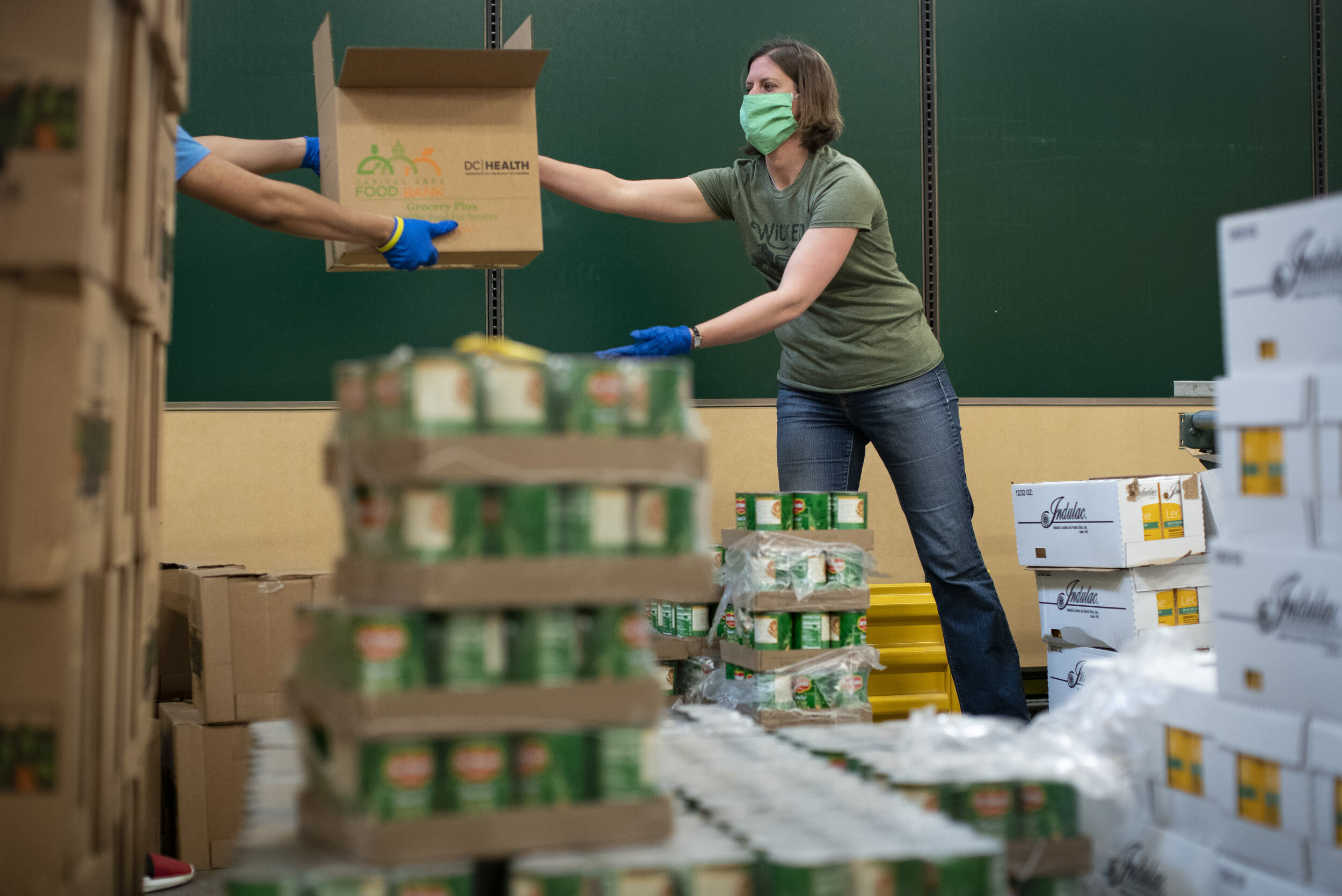Resources and Support for Church Emergency Preparedness
Churches do not have to face the challenges of emergency preparedness alone. Numerous external resources and organizations are available to provide guidance, support, and additional expertise to enhance their preparedness efforts. In this section, we will explore the various resources and support systems that churches can leverage to strengthen their Church Emergency Preparedness Plans.

External Resources and Organizations
By tapping into these external resources and organizations, churches can benefit from the expertise and support available to enhance their emergency preparedness efforts. These partnerships and collaborations can provide valuable guidance, access to resources, and opportunities for shared learning.
Recommended Emergency Supplies and Equipment
In addition to accessing external resources, churches should also ensure they have the necessary emergency supplies and equipment to support their preparedness efforts. While the specific requirements may vary based on the church's location, size, and specific risks, the following list provides a general overview of recommended supplies and equipment:
It is important to evaluate the specific needs of the church community and the potential risks they may face when determining the appropriate supplies and equipment to have on hand. Regular inspections, maintenance, and replenishment of supplies are crucial to ensure readiness.
Case Studies and Success Stories
Learning from real-life examples of churches that have successfully implemented emergency preparedness plans can provide valuable insights and inspiration. Case studies and success stories offer practical examples of effective strategies, lessons learned, and best practices.
By examining these case studies, churches can:
To access case studies and success stories, churches can explore resources provided by government agencies, non-profit organizations, denominations, and online platforms dedicated to emergency preparedness. These resources often highlight real-life incidents where churches effectively responded to emergencies, showcasing the importance of preparedness and the positive outcomes that can be achieved.
By drawing on the experiences of others, churches can strengthen their own emergency preparedness plans, ensuring that they are well-equipped to protect their congregations and communities during times of crisis.
Conclusion: Ensuring the Safety and Resilience of Churches
Developing a comprehensive Church Emergency Preparedness Plan is not a task to be taken lightly. It requires careful assessment, planning, and implementation to ensure the safety and resilience of churches and their communities. By addressing the unique risks and vulnerabilities churches face, establishing effective communication systems, and training staff and volunteers, churches can be better equipped to respond to emergencies and protect the well-being of their congregants.
Throughout this blog post, we have explored the importance of church emergency preparedness, the process of assessing risks and hazards, and the steps involved in developing and implementing a Church Emergency Preparedness Plan. We have discussed the significance of effective communication, the establishment of emergency response procedures, and the value of continuity of operations planning. We have also highlighted the external resources, recommended supplies, case studies, and success stories that churches can leverage to enhance their preparedness efforts.
However, it is essential to recognize that emergency preparedness is an ongoing process. Plans should be regularly reviewed, updated, and tested through drills and exercises. As circumstances change and new risks emerge, churches must adapt their plans accordingly to ensure their effectiveness.
By investing in emergency preparedness, churches demonstrate their commitment to the safety and well-being of their congregations, staff, and communities. They become beacons of resilience and hope, ready to provide support and assistance during times of crisis.
Remember, the journey towards church emergency preparedness begins with a single step. By taking that step and committing to the development and implementation of a comprehensive plan, churches can make a significant difference in protecting lives and ensuring the continuity of their essential services.
So, let us come together as a community, share knowledge, resources, and experiences, and work towards creating a safer and more resilient environment within our churches. Together, we can build a culture of preparedness and protect what matters most – our faith, our community, and our future.
Note: This conclusion provides a concise and powerful summary of the blog post, emphasizing the importance of church emergency preparedness and inspiring readers to take action. The content encapsulates the key points discussed throughout the post and highlights the call to unity and shared responsibility in creating a safer future for churches.







